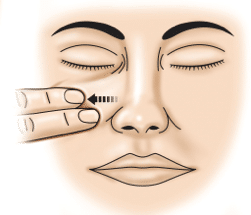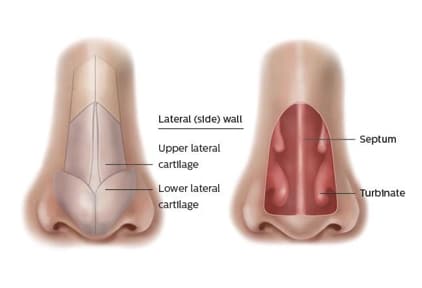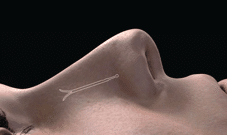It is not uncommon for me to see a patient with nasal obstruction who needs surgery for a deviated septum only to have them tell me of a friend or family member who has had surgery and feels that their breathing didn’t improve. Why is it that a simple surgery, that is supposed to help you breathe better through your nose by opening the nasal passages, would not work?
The nose is a dynamic structure. Allergies or cold air exposure can make the turbinates swell. A head cold can lead to more mucous production. The overall structure of the nose may be weak and cause the sidewalls of the nose to collapse with a deep breath.
Often, the reason that patients have nasal obstruction after surgery of the nose is because the structural weakness of the nose has not been addressed. These include patients who have had a cosmetic rhinoplasty or patients who have had a septoplasty.
Lateral wall collapse can be easily diagnosed -a deep breath in will cause the sides of the nose to fall in. A Cottle maneuver is used by the physician to determine the site and the extent of the collapse.
During an initial consultation for nasal congestion and obstruction, I always pay attention to the nose as a whole. Time is taken to evaluate the septum, the turbinates, underlying allergies, sinus infection history, and the lateral nasal wall. For the patient that is undergoing surgery for the first time, this is the best way to assure the best results. Cartilage from the patient’s own nose can be used during this surgery to strengthen the lateral wall while straightening out the septum and reducing the turbinates.
In the patient who has already undergone surgery, where there might not be adequate cartilage for grafting or who doesn’t want to risk changing an already altered cosmetic nose, a Latera implant is the perfect option. It is a resorbable implant spring that can be placed in the office under local anesthesia.




